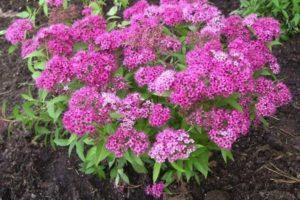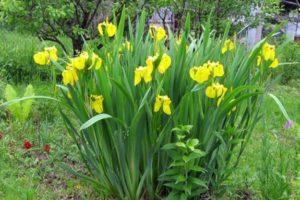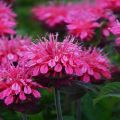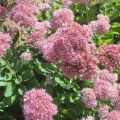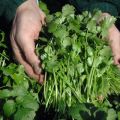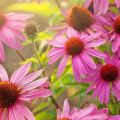Medicinal properties and contraindications of Monarda, its use
A plant from the Yasnotkov family is found in the wild only in North America, from where it was brought to Europe in the 15th or 16th century by seafarers who were looking for a shortcut to India and discovered the New World. Monarda attracted a Spanish botanist who first described the perennial. Later, the plant was named after him. They began to decorate flower beds and gardens with bright flowers, but it turned out that the monarda has medicinal properties, and has few contraindications.
Brief characteristics and features of the plant
The herbaceous perennial is distinguished by an erect stem, the height of some species reaches 1.5 meters. The toothed leaves are oval in shape, grow up to 15 cm long and up to 8. The petals of inflorescences resembling heads are painted in lilac, violet, scarlet or pink shades.
The stem of the monarda is covered with villi. In its upper part, flowers are collected in 20–40 pieces. The aroma of fresh grass combines the smells of citrus, mint, lemon peel. The aerial part of the monarda is used as a spice, seasoning.
Some plant varieties
The smelly perennial was given more than one name. It was cultivated as bergamot, lemon mint, bee balm, Oswego tea, American lemon balm. There are about 20 plant species that belong to the genus Monarda. Most often, perennials are found in gardens - muzzle and double. All varieties have a bright aroma.
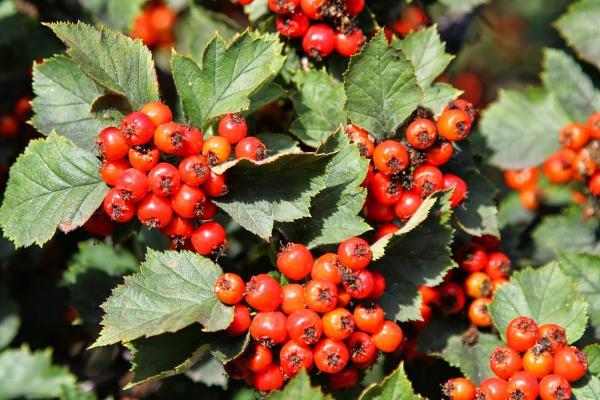
It is used for decorative purposes and is very popular with monard flower growers:
- fragrant;
- lemon;
- Bradbury;
- comb;
- red.
Hybrids of double and tubular species are grown in gardens, the stems of which reach a height of 1 meter. Monarda dwarf is cultivated for spice production. In America and Germany, varieties of a perennial plant with petals of various shades have been bred.
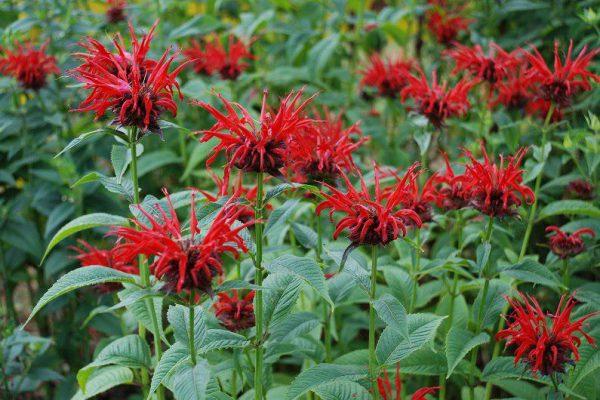
Useful and medicinal properties
Monarda blooms in July, the first leaves appear in March and turn green until November, do not freeze in light frosts. The herb is rich in:
- essential oils;
- ascorbic acid;
- thiamine;
- riboflavin.
The benefits of the monarda were known to the indigenous people of North America long before the discovery of the continent by Spanish sailors. But the medicinal properties of the plant were forgotten for several centuries. Monarda was planted as a decorative flower, and fragrant leaves and stems were added to dishes.

Now the perennial is cultivated on an industrial basis to obtain the essential oil that is contained in the petals. The healing agent has an antispasmodic effect, is an antioxidant and radioprotector and eliminates:
- stress and nervous strain;
- viral and microbial infection;
- increases hemoglobin.
Oil from monarda restores immunity, relieves inflammation. The plant extract helps to eliminate carcinogens, reduces cold symptoms.
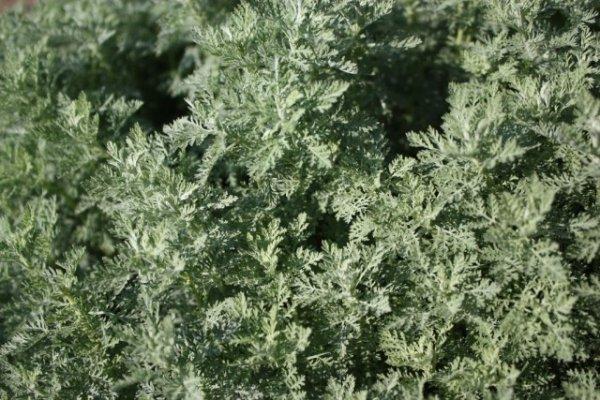
Where is used
Monarda is added to food, used in homeopathy, in official medicine, in folk recipes.
In cooking
Flowers, stems and leaves of a herbaceous plant have a lemon flavor and a rich, bright aroma. Meat and vegetable dishes, fish snacks are seasoned with greens.

For making teas
Drinks acquire a bright bergamot aroma when dried flowers or perennial stems are added to them. Both green and black teas become fragrant, acquire a citrus flavor when mixed with monarda leaves.
Used as a preservative
To lengthen the shelf life of products, substances have long been added that prevent the growth of microorganisms, the appearance of mold and a specific odor. The role of preservatives is performed by the essential oils contained in the monard, therefore it is put in cucumbers, tomatoes, fruits, rolled into jars for the winter.
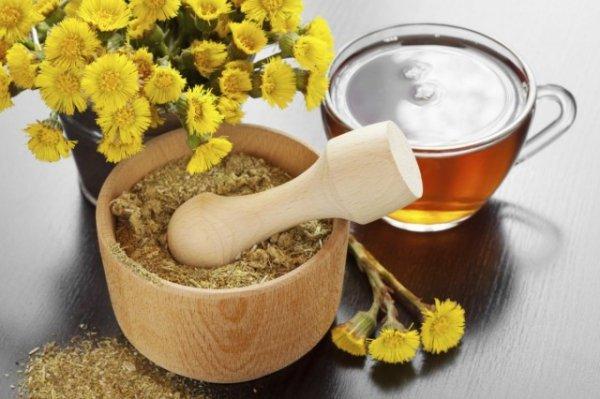
As a herbal supplement in salads
Fresh perennial leaves are used to spice up snacks. They are put in "Caesar" and "Olivier", fresh grass goes well with green onions, radishes, eggs. A very tasty salad is obtained if you take:
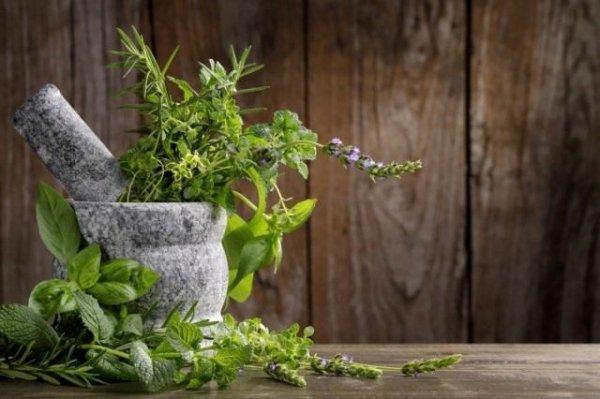
- 10 cherry tomatoes;
- 3 cucumbers;
- 2 yellow peppers.
Vegetables are diced, olives and tomatoes are cut in half. The greens of the monarda are chopped and added along with the pressed garlic. Salad is dressed with olive oil.
Dressing for cabbage soup and borscht
The spice improves the taste of the first courses, the stems and leaves of the monarda, gives a pleasant smell to the soup and hodgepodge. Together with fennel, dill, basil, young greens are used to dress borscht.
Buttermilk cocktail with monarda
An aromatic drink is made from an ornamental plant, which is used as kvass. For cooking, take 4 cups of skim cream and boil. Grind 5 g of dry leaves in a mortar, mix with buttermilk and keep in the cold for a quarter of an hour.

The healing properties of the plant
Monarda disinfects and heals wounds, with antibacterial and antiseptic effects. The decorative flower relieves inflammation in the oral cavity, reduces temperature, and eliminates itching.
In medicine
The value of a medicinal plant lies in the beneficial effect on the human body. When using funds from Monarda:
- Spasms and headache pass.
- Damaged cells are restored.
- Fractures heal faster.
- Ulcers in the oral cavity are healed.
The decorative perennial is used in homeopathy, in official medicine. Powder is produced from leaves and stems of monarda, infusions and extracts are prepared.
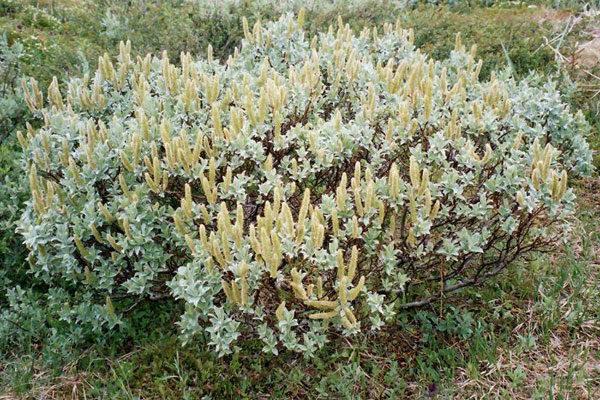
After conducting research, Russian scientists confirmed the effectiveness of using the fanny variety in the treatment of bronchial asthma, tracheitis, in protection from radiation, in tissue engraftment, and in blood preservation. Anthocyanins present in the plant strengthen the capillaries, promote the expansion of the coronary vessels.
Leaves and flowers, containing flavonoids and vitamin C, have a calming effect and eliminate neuroses.
Prescriptions for medicines from monarda
To speed up the healing of wounds and abrasions, 2 large tablespoons of leaves and stems of the plant are infused in 250 ml of boiling water. The damaged skin is washed with the liquid to eliminate the infection. The gruel is wrapped in gauze and applied to the problem area.
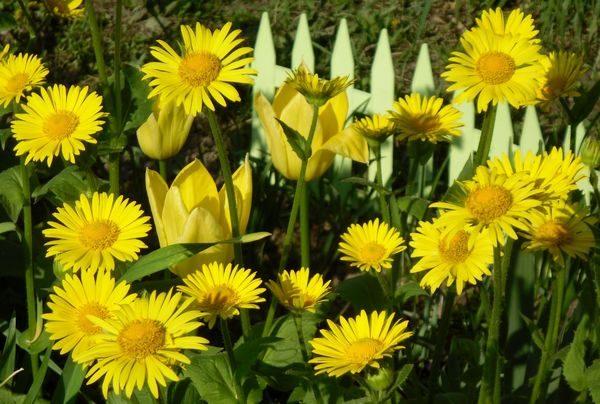
Laryngotracheitis in children
To cure a dry cough, get rid of bronchitis, use a decoction from monarda. To prepare it, you will need a spoonful of leaves, flowers and a glass of liquid. Pour dry grass into the dishes. The water is heated until bubbles begin to form on the walls and bottom of the kettle, and it is poured into a container with a monarda. The container is covered and wrapped in a blanket. Infusion treats sore throat, with bronchitis or laryngotracheitis, children are given 1/4 cup of the medicine to drink 3 or 4 times a day. The product liquefies the secretion, and the phlegm leaves faster.
At home
Monarda is used for inhalation. To get rid of colds and rhinitis, 2 tablespoons of a dry plant are insisted in half a liter of water for an hour, boiled for 10 minutes, and a nebulizer is filled with the agent. The stalks and flowers of perennial grass are used to transfer clothes made of natural fabrics to protect them from moths. Protects garden crops from aphids by spraying with monarda infusion.
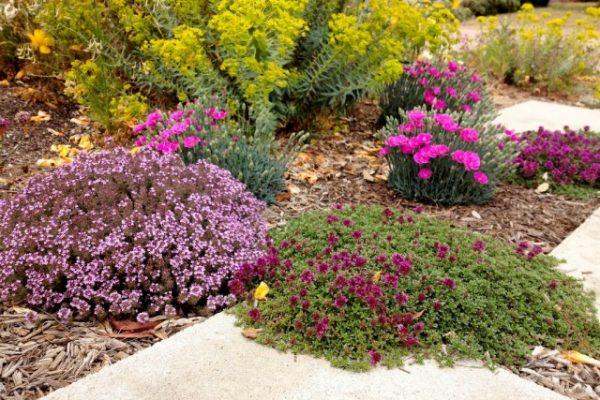
Plants use essential oil for massage. They wash their hair with decoctions of flowers in case of hair loss and thinning.
How to use the plant depends on the disease for which it is chosen. Monarda tinctures help to boost immunity, herb juice accelerates wound healing, tea fights colds, essential oil is used in aromatherapy and inhalation.
In fresh
A decoction of green herbs enhances immunity. To cope with toothache, gum disease, colds, skin ulcers, medicines are prepared from fresh leaves, stems, and monarda flowers.
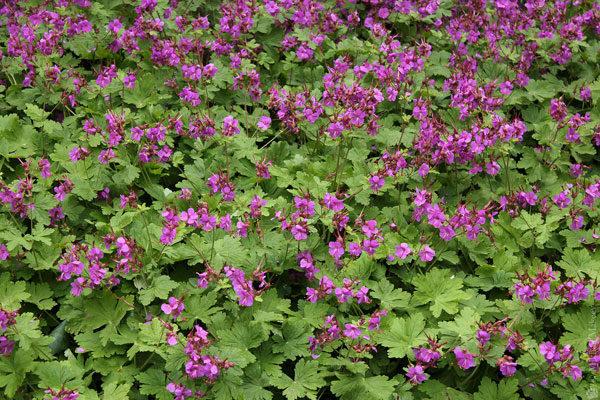
The benefits of essential oil, infusion
Decoctions are prepared from the plant, used in the treatment of bronchitis, and scratches and cuts are disinfected with monarda juice. Reduces exposure to radiation essential oil. It is added to tea, which helps to cope with radiation sickness. Doctors prescribe a drug to patients who have received chemotherapy. When using monarda oil:
- Acne disappears.
- The work of the sebaceous glands is normalized.
- Lipid plaques are absorbed,
- Fractures heal faster.
- Skin cells are rejuvenated.
To get the worms out, the product is mixed with glycerin and rubbed into the stomach. The oil is added to the decoctions used for inhalation.
Infusions accelerate the healing of wounds, fight microbes, viruses, fungi, relieve coughs, treat bronchitis and tracheitis.
Preparations from monarda
The extract from the plant and essential oil is included in cosmetic creams, lotions, and added to masks. Monarda flowers and leaves are present in herbal preparations, which are used to treat colds and coughs.
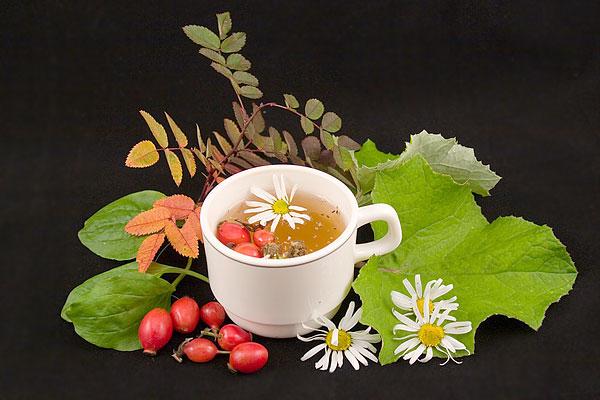
We use dried preparations
Decoctions, infusions and teas are made not only from fresh plants. For the treatment of pathologies of the genitourinary system, diseases of the respiratory organs, colds, increased immunity, the dried aerial part of the monarda is used.
Technology of harvesting raw materials from flowers and leaves
For use in cooking, alternative medicine, the plant is cut and left in the shade in the yard, in the attic or in a room that is well ventilated. The collection of raw materials begins when flowers appear. Stems with dried leaves are not crushed much, otherwise the aromatic oil will evaporate.
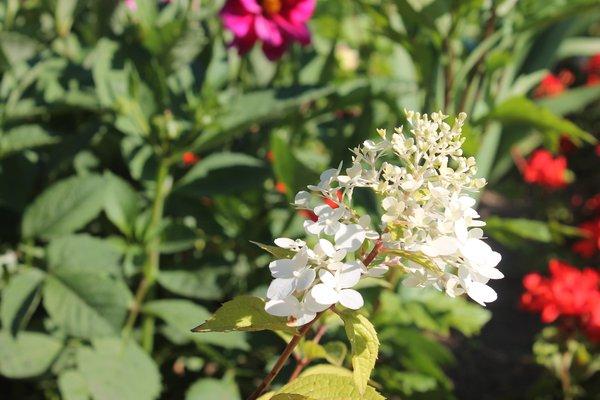
Product storage features
To prevent the monard from losing its useful properties longer, it is placed in a glass jar and hermetically sealed. Well-dried grass in canvas bags, cardboard boxes, paper bags does not deteriorate, but it loses its aroma. Store raw materials in a dry, ventilated area in a place where the sun's rays do not fall.
Existing contraindications
Although the plant has medicinal properties, it is necessary to use infusions and decoctions from an odorous plant carefully. There are many components in the composition of leaves and flowers; if one of them is intolerant, an allergy may occur. Contraindications for the internal use of aromatic herbs include:
- the period of pregnancy and breastfeeding;
- dysfunction of the thyroid gland;
- severe kidney pathology.
It is not recommended to use decoctions and infusions from monarda for children under 5.
For patients suffering from cancer, the herbal remedy should only be used as directed by a doctor.
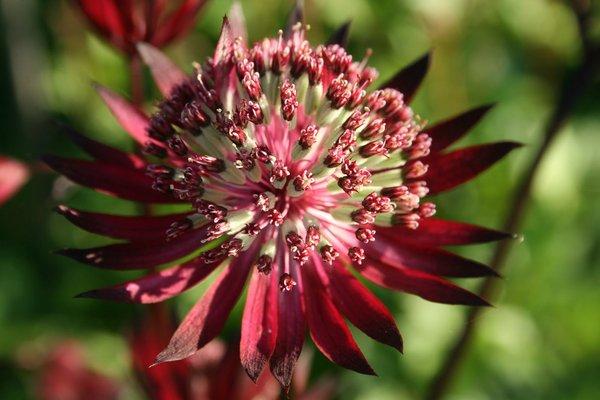
Potential harm
A decorative perennial rarely causes unpleasant effects. When the dosage is not respected, an allergy develops, which manifests itself in the form of:
- sneezing;
- redness of the skin;
- itching and burning;
- strong tearing.
When these symptoms appear, antihistamines are used. With a decrease in immunity and hypersensitivity to essential oil, the lips and larynx rarely swell, which, if medical care is not provided, is fraught with the development of Quincke's edema.
In order for the treatment with the use of an ornamental plant to be effective, relieve the disease, and not cause allergies, you need to properly store the raw materials, prepare decoctions, ointments, infusions, observing the dosage.
